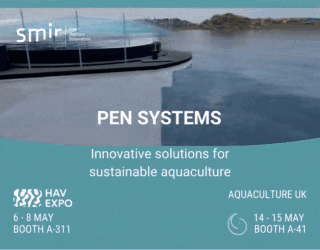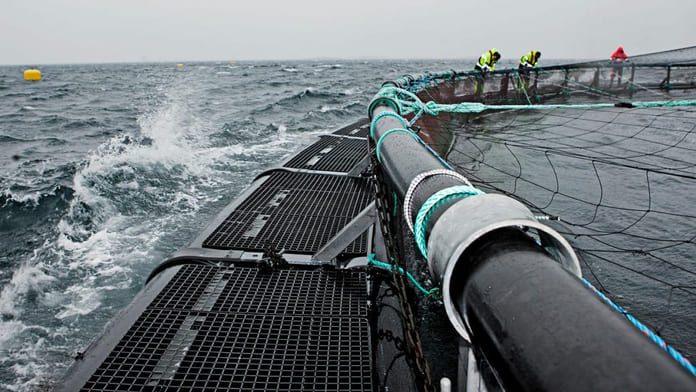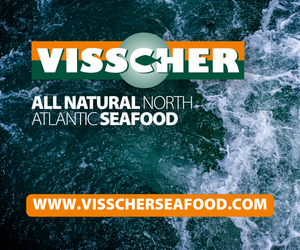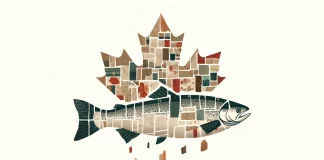Setback after two weeks around EUR 7/kg.
“It has fallen one euro fell this week. I do not know exactly where it lies. It will probably go down to the levels we had before Easter,” said an importer to SalmonBusiness.
“It goes down to 60 kroner (EUR 6),” he added. “Prices in Norway go down, prices in Chile go up.”[factbox]
This means a marked decrease from last week’s spot prices of EUR 6.7-7.0.
Stop
“Prices are going down. That the price goes down to 60 kroner is not so surprising. It’s going to go down even more next week. It stops completely. Customers say they do not want more,” said an exporter.
“What happened in March was that a lot of “production fish” (low quality fish – ed.) went to the processors and there was little superior [quality] in the market. And then there were three storms at the same time. But now we are back to normal. It should come as no surprise to anyone. It’s amazing that it lasted so long. That was the surprise,” he added.
“But I am optimistic for the autumn and when things reopen. We have an optimistic situation ahead of us, I think.”
Price formation
He has noticed the algae situation in Chile, where the latest updated loss figures from Sernapesca are 4,244 tonnes of fish. Much of this is smaller fish that should have been fed and harvested next the autumn.
“We look at 20 percent contraction from Chile this autumn. And the cold stores are mostly empty. It has long been difficult to sell frozen fish in Asia, but now it is getting easier.”
In the short term, prices have been fueled by storms around the entire North Sea area, which has hampered logistics and reduced the supply of salmon.
“Yes, in Scotland and the Faroe Islands as well. This has been a factor that has come into play – and now it is hitting hard,” he said.
The persistent storms that has ravaged the coast is highlighted as a price driver by a number of sources.
Loss
“I get a signal of a fairly strong price stop towards the end of the week,” said a trader. “A lot of end-of-week fish, for this week, have not been sold yet, so many are concentrating on selling it. And there the losses are high.”
“Coincidences struck. Storms in Norway stopped fish. And when this fish goes on sale, the customer will not pay at last week’s prices,” he pointed out.
“Due to the storm, there were good prices until Wednesday,” he said, and noted that relatively few trades have been made so far.
But he thinks it can land close to EUR 6 a kilo.
“Yes, yes, yes. I absolutely think so.”
The five industrial sources SalmonBusiness has spoken to after lunch on Friday refer to a farmgate price between EUR 6.0-6.4 for the most traded weight classes. This represents a sharp fall from last week’s price level close to EUR 7/kg.













